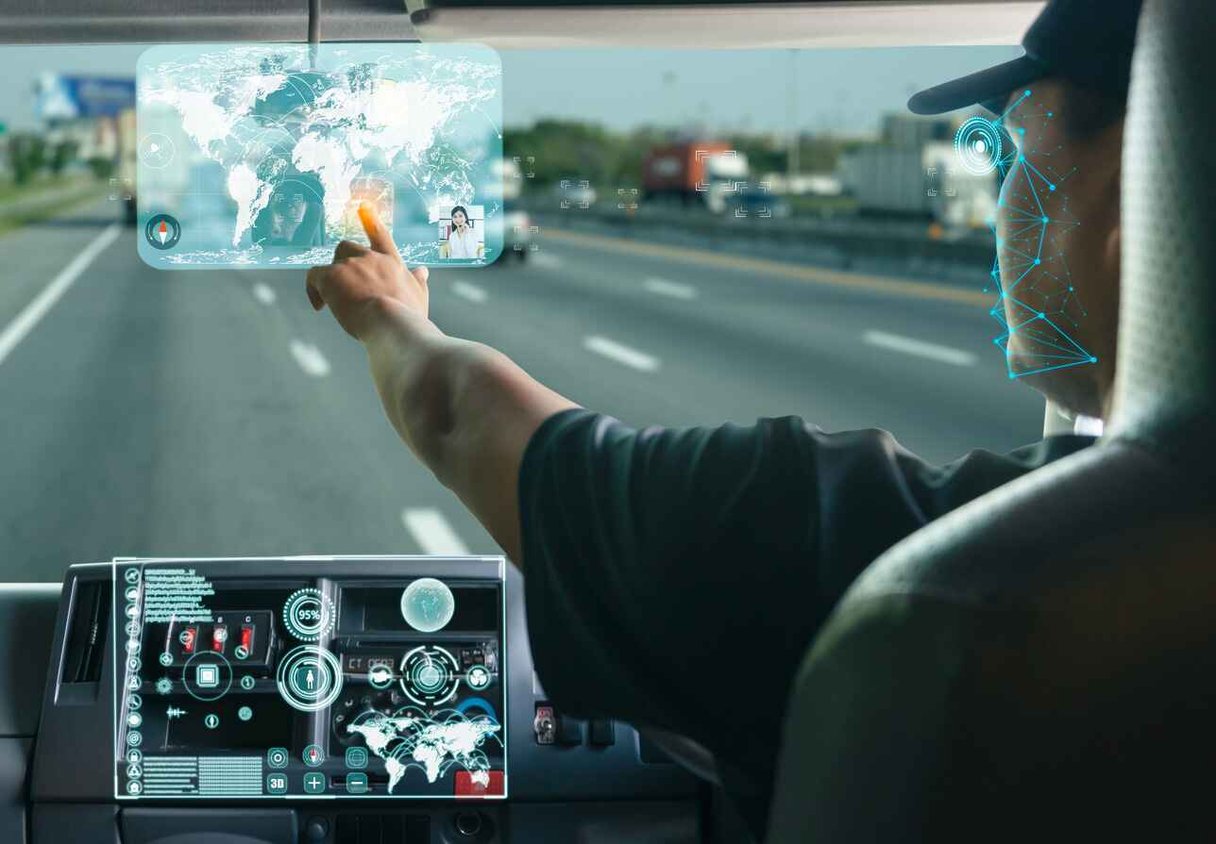Accelerating Software Development for Next-Generation Arm-based Automotive Solutions

Corellium’s Bill Neifert was a guest on the recent ARM Tech Talk hosted by ARM’s Tobias McBride. The webinar provided an overview of ARM virtual machine hardware and how automotive software developers are leveraging the technology. Watch the webinar and get all the details.
Arm Servers & The Cloud Supporting Automotive Technologies
Automotive software is becoming more complex and outpacing the software supporting it. There is a productivity gap between the latest and greatest automotive features and the software that runs them.
Corellium has been virtualizing mobile devices to reduce the reliance on physical devices for software research and testing. Now, Corellium is using those same approaches to solve the problems in the automotive software industry.
Combining ARM-based virtual machine servers with the cloud’s limitless pool of computing resources (scalability) means improved workflows and efficiency. Reliance on the cloud also means saving money and worldwide deployment to keep entire teams in sync when working on the same devices.
Using virtual devices to test automotive software also means you can work out any problems before the actual physical prototype is materialized. That means you can use ARM-based virtual platforms before or after silicon. This is crucial for the automotive industry, where entire fleets of cars are waiting on software.
Corellium Hypervisor for ARM (CHARM) Technology
The solution for automotive software DevOps involves modernizing development and bringing it to the cloud. This frees up resources and makes the process more efficient, cost-effective, and faster. Working in the cloud also means teams that work better together to solve problems.
Corellium’s hypervisor (type 1) runs directly on powerful physical ARM servers to support virtualized device development. ARM with a hypervisor means Corellium can run the same binaries and binary paths as the actual hardware; there is no need to cut corners when modeling peripherals.
ARM servers running a hypervisor allow you to run virtualizations at or above the actual device’s run-time speeds. They also boot up in seconds. You can also modify the tech stack and nest hypervisors if needed.
Corellium also maps processors one-to-one to the underlying server processors. Doing this allows us to scale quite nicely as the design side ramps up, leveraging all the power of the underlying ARM processor.
ARM has done a great job of constantly increasing the speed and applicability of its technologies. They also offer a few different ARM hardware variants. Recently, ARM launched its own auto-enhanced IP product to support the automotive space.
Corellium partnered with ARM two years ago and uses ARM virtual hardware, fast model, and FVP technology for mobile app development and testing. In turn, Corellium provides ARM with model boards for virtual devices in the IoT space, and it is now moving into the automobile realm.
ARM and Corellium Solving Automotive Software Problems Together
The disconnect between automotive hardware and software is a tangible problem. Working together, Corellium and ARM are combining their respective talents and resources to solve these challenges.
The partnership between ARM and Corellium makes it possible for automobile technology developers to streamline their workflows, enjoy agile software development, scale operations, and develop technologies ahead of the hardware.
The Corellium cloud-based platform is fast and makes it easy to collaborate with developers worldwide. It’s also a cost-effective solution, allowing engineers to work in a safe, virtualized environment to thoroughly test hardware and software interaction.
Watch the entire webinar to learn more about Corellium, ARM, and the automotive applications being developed.
Revolutionize Your IoT Device DevOps with Corellium
Modernize the development of your IoT embedded software and companion mobile apps with virtual devices that tie into your SDLC process. Learn how Corellium’s high-precision virtual models enable faster development, enhanced security, and lower costs.
Book a meeting to learn how Corellium accelerates software development lifecycles with Arm-native virtual models and powerful tools and APIs.
Keep reading

Corellium Expands iOS 26 Testing with Risk Scoring and iPhone 17 Support

Apple's MIE Framework Makes Jailbreak-Dependent Testing Obsolete


